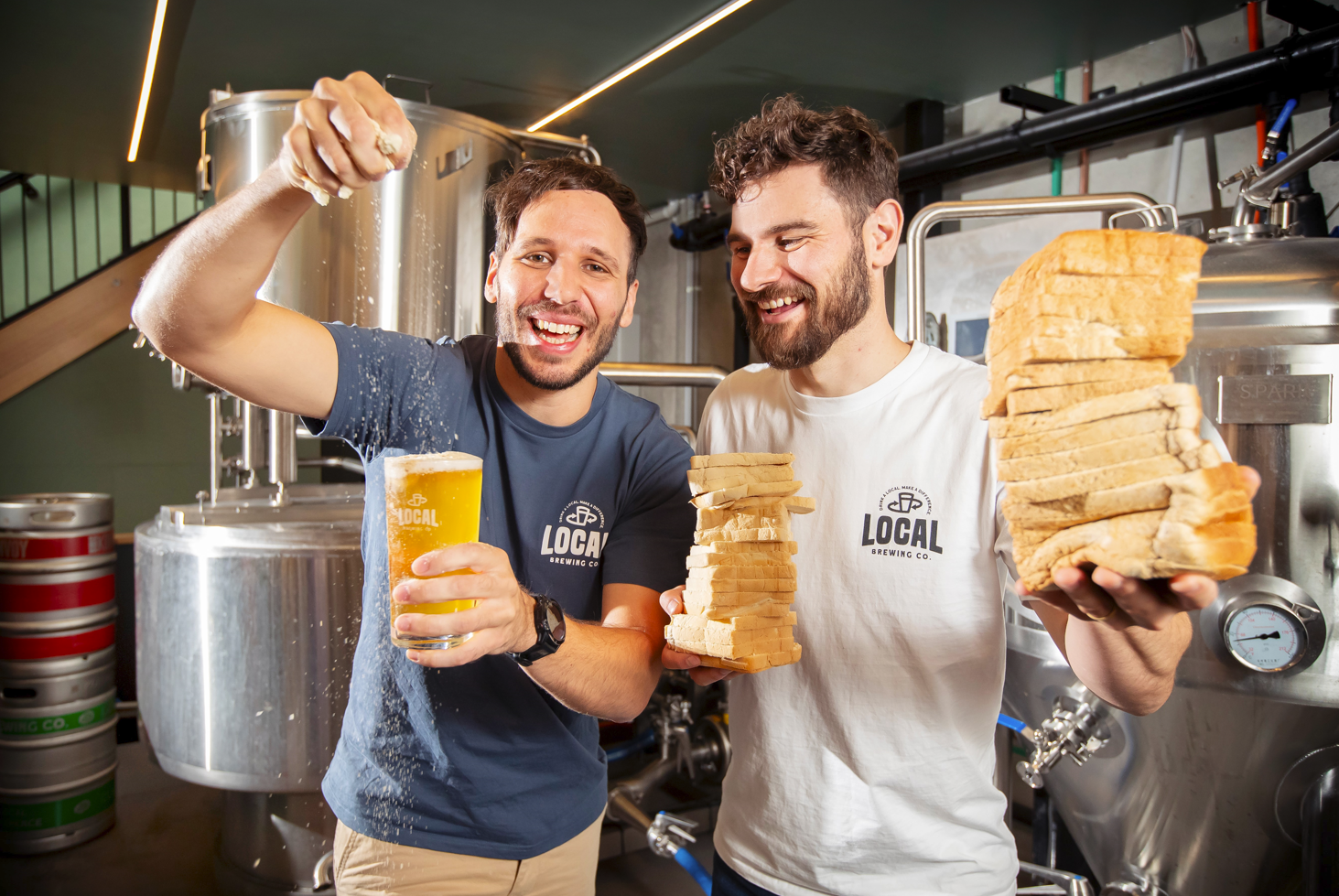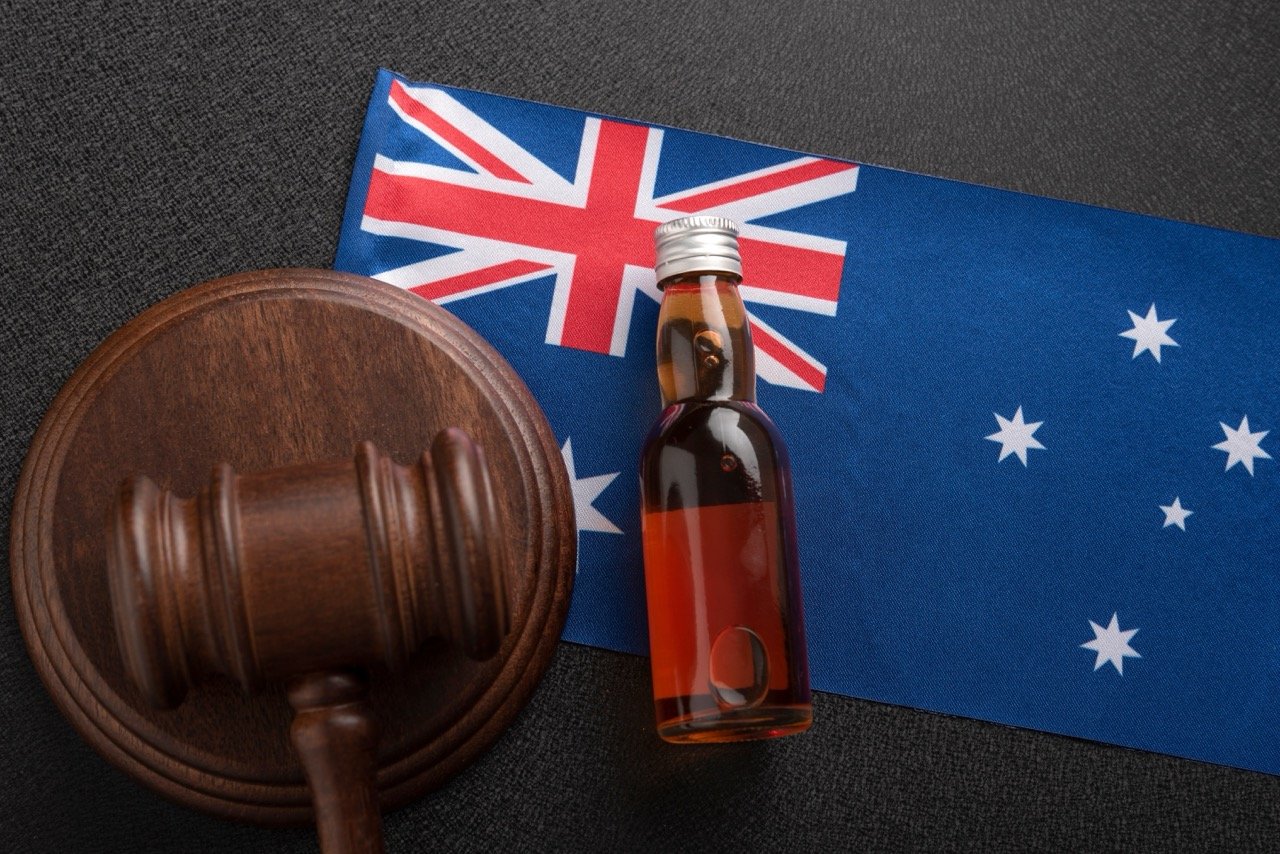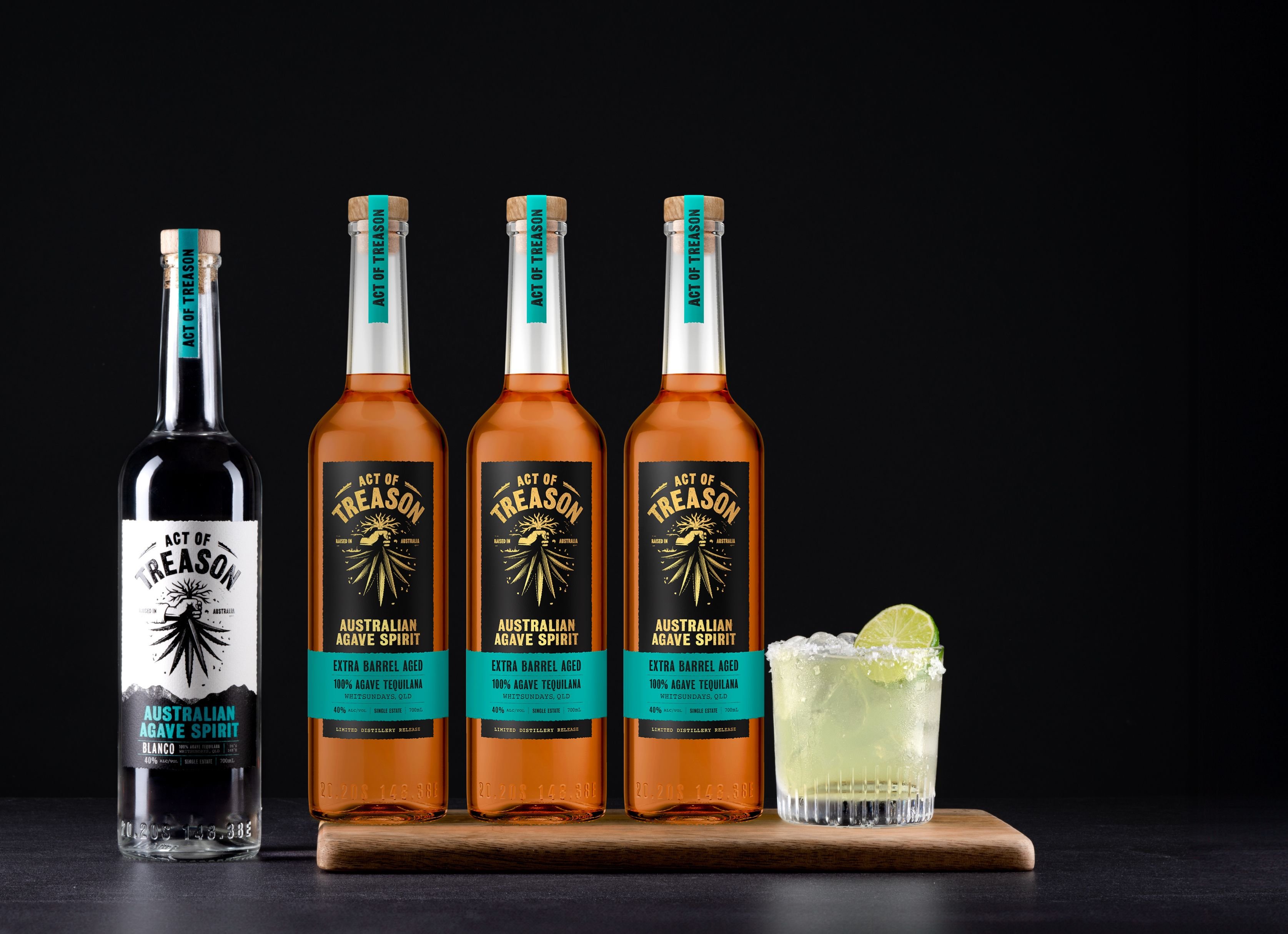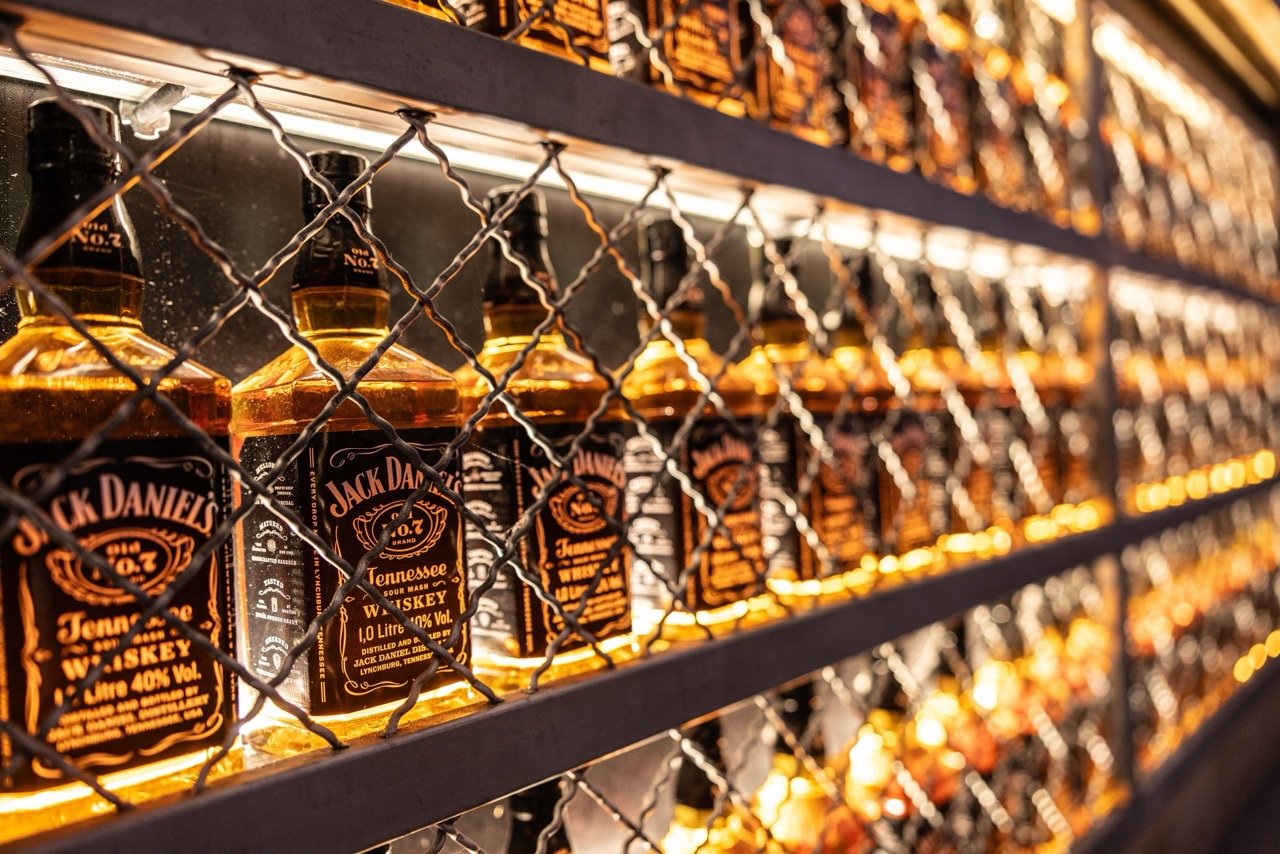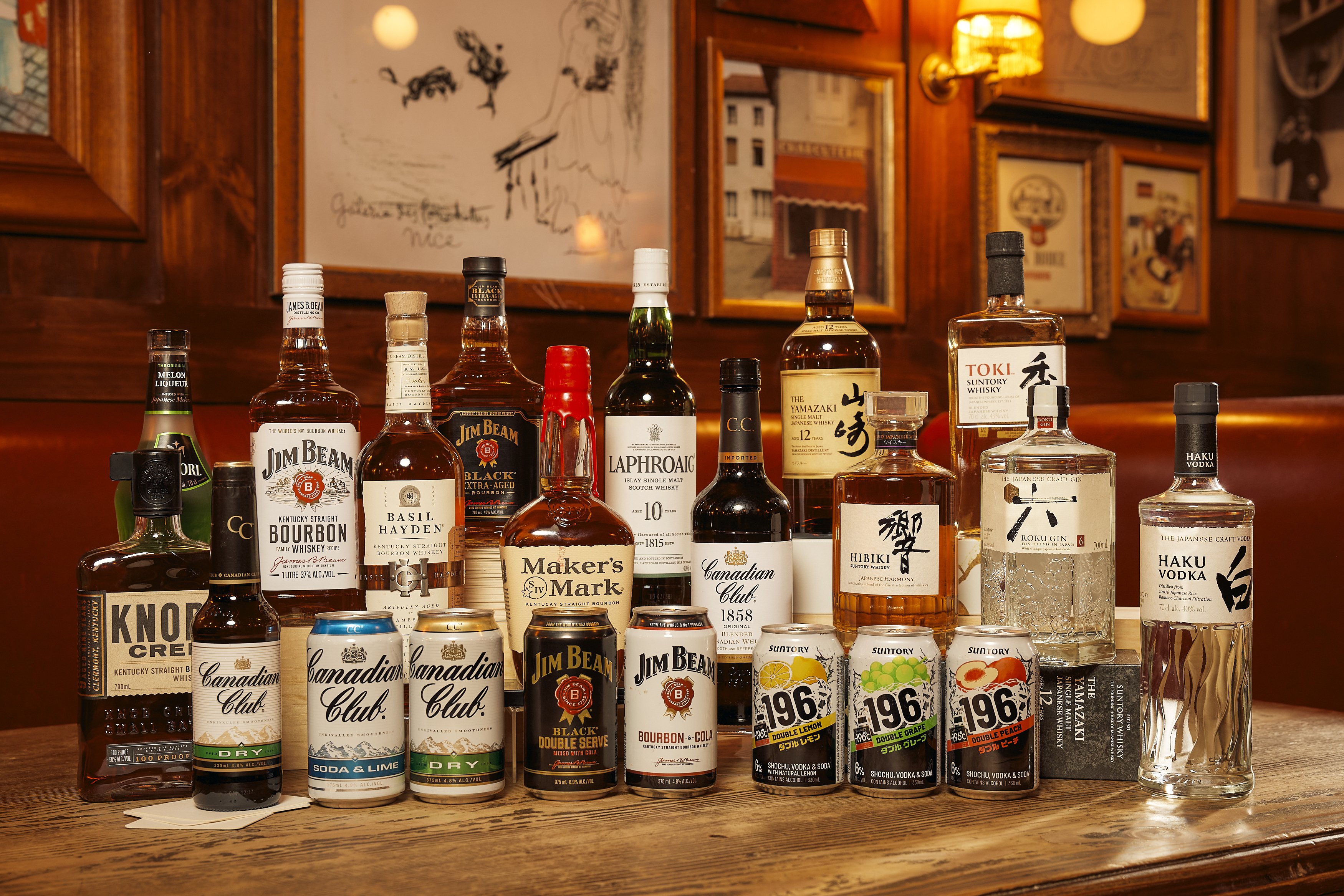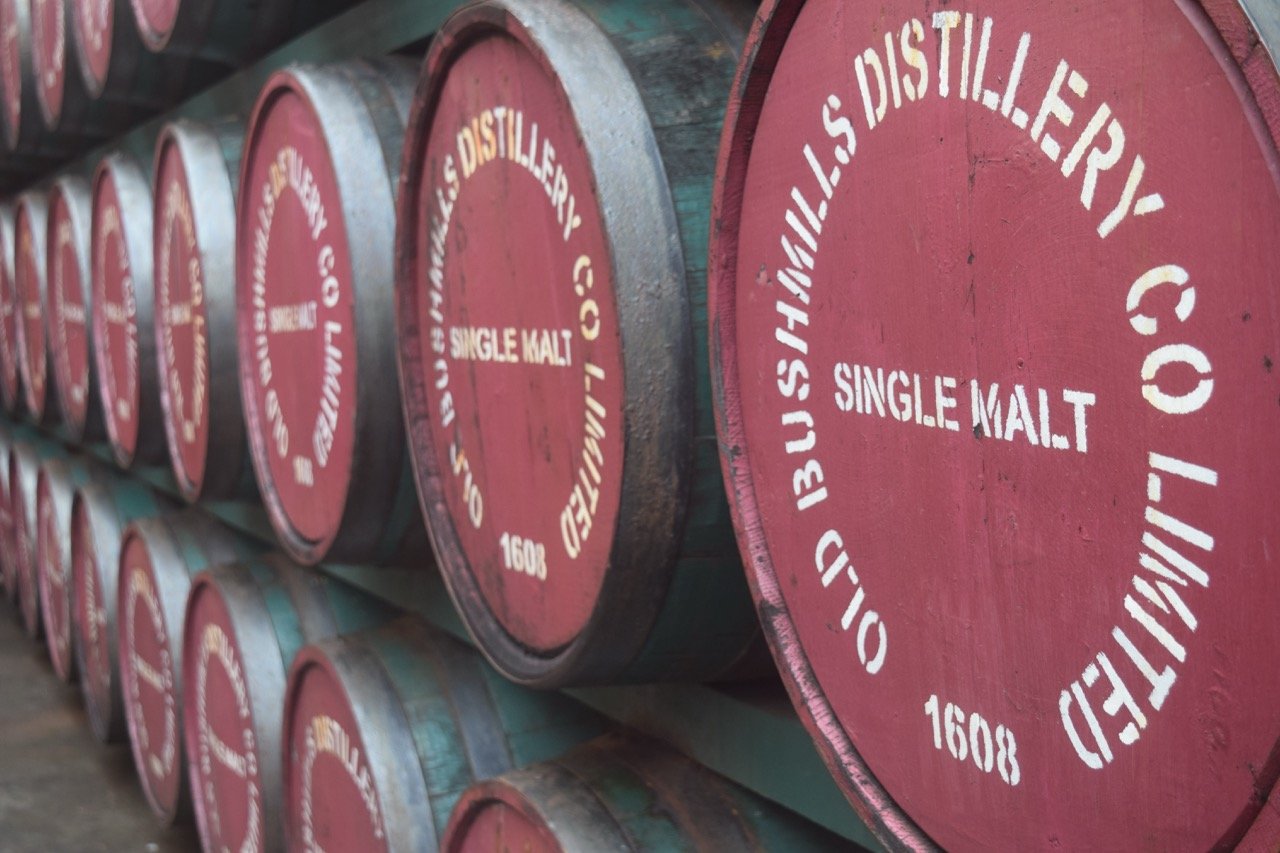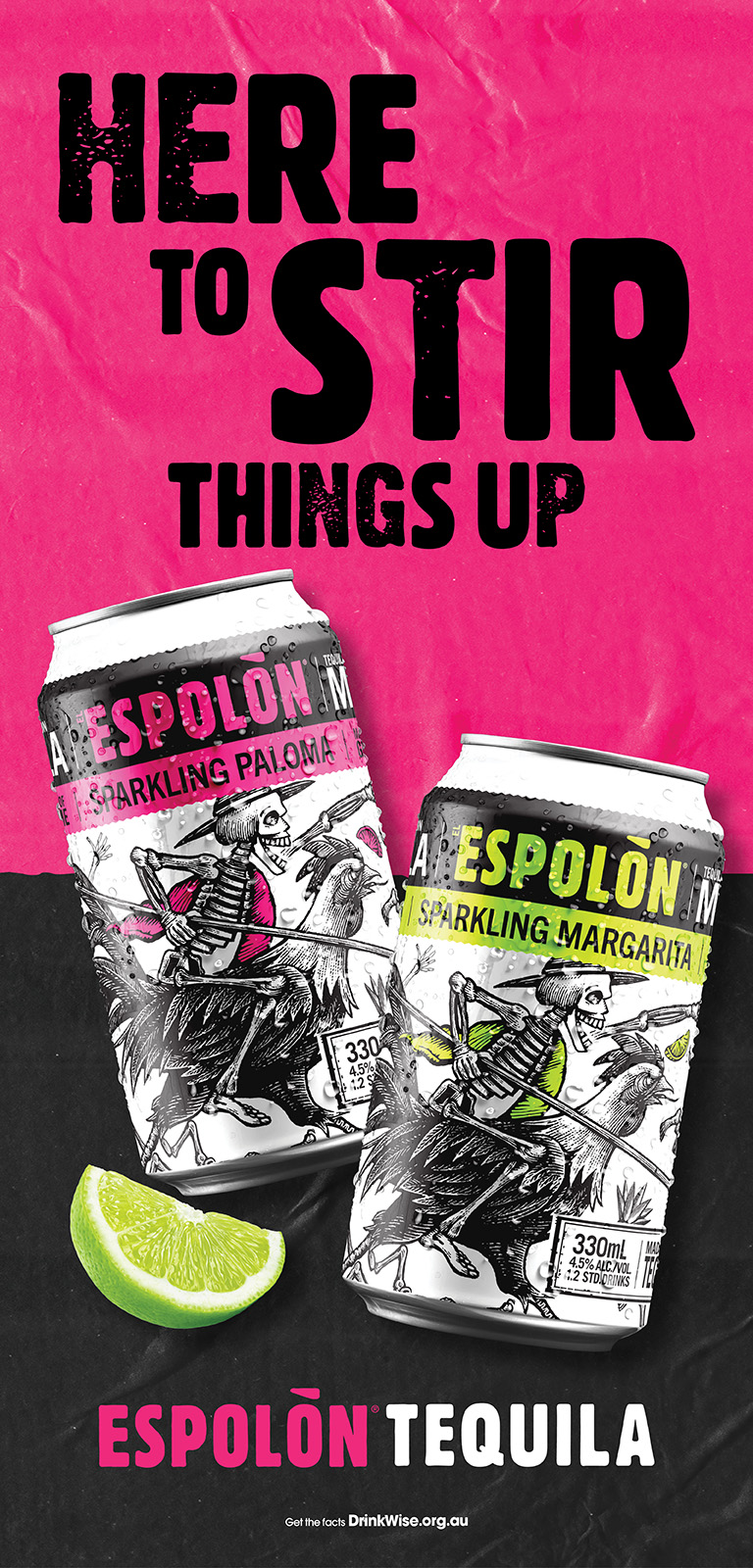For 38 years, Ger Buckley has worked as a cooper for Jameson. On a trip to Australia, Ger sat down with drinks trade’s Mark Henderson and explained his passion for cooperage and working with wood to shape the casks that generate the unique flavour profile of Jameson Irish Whiskey.
drinks trade: Welcome to Australia. How are you finding it so far?
Ger Buckley: I am loving it. I lived in Sydney for a while. I lived over in Freshwater on the North Shore, by Manly, and every day since I have been here I have gone to Manly. It’s one of those funny things with Australia it gets under your skin, you can never stop thinking about it and wanting to get back. For me to get the opportunity to come back was just amazing.
DT: So tell me a little bit about yourself and what you do as Jameson’s master cooper?
GB: I’m a fifth generation cooper, which means it has gone back in my family at least 200 years. A lot of the tools I have are family tools passed down from generations. They were with my father, and my grandfather – they are very historical tools in that they have been in coopering for thousands of years. As a young boy I went to visit my dad who worked as a cooper. So from five years old I visited him regularly and fell in love with the craft from an early age. When the opportunity came up to work for a cellar, I did one interview for one job and I have been there ever since.
DT: Now, I have to ask about the tools you use in coopering – can you tell me a little bit about them?
GB: I have four tools with me that I have brought from Ireland. I have a cooper’s hammer, which is about a four-pound hammer. I have a cooper’s driver, which is a tool used to push down the hoops on the side of a cask. And then there are two unique tools I have - a coopers broad-axe and a coopers adze. The coopers broad-axe is virtually identical to a tool that a Roman craftsman would have used 2000 years ago. Up until 200 years ago all logs were prepared using axes. This particular one is a carving axe – it is not a splitting axe, so it is only bevelled on one side, which means you carve with it rather than split timber. What I use this axe for is to carve a stave, which is the long, vertical piece on a cask. I end up with just the plank of timber, and I shape it. By shaping it I make it wide in the middle of the stave, getting narrower as it comes up, using an axe to achieve that.
DT: How has your role changed since you’ve been there? Has it changed?
GB: Well, it has evolved. Instead of just being a cooper working on casks constantly, I am now involved in ensuring the casks we import from various locations such as Spain, Portugal, and the U.S. are of a high quality. I also visit sawmills and go out to the forests where the oak is harvested to ensure we buy top quality oak, and to make sure we have a very good sustainable program in the oak.
I also do the stocktake in Middleton on the number of casks we fill each day and the number of casks we empty each day, ensuring that they’re in good condition in the warehouse.
We go to extremes to look after our casks. They come out after 20 to 25 years like the day they went in, almost new. There is no such thing as a rusty hoop, there is no decaying of the cask, and there is not any contamination of water getting into the cask because they are never outdoors. The only time they go outdoors is when we’re selling them on after we are finished.
Oak can contribute up to about 50 per cent of the taste in a glass. At Jameson we use two varieties of white oak – American white oak and European white oak. On the American side of things we get a lot more vanilla and sweetness and honey notes coming through, while the European wood offers more nuttier, spicier, dark fruits, kind of a ‘Christmassy’ feel.
DT: Why is that?
GB: The difference is in the variety of oak. That will come through in the whiskies once you have educated your nose and your palate to distinguish the taste.
DT: You have intrigued me on your talk on the wood and how you go out and select the best wood. How can you tell if it is good oak, or if it is not good?
GB: You can go to the forest and you can select what you think is an absolutely flawless tree, but there are a couple of flaws that can be found. If there are a lot of branches on an oak, it is no good. The tree must be flawless, in other words it only has a crown, it can’t have a lot of branch wood. Branch wood has knots, and knots will leak.
Some trees, for whatever reason decide to give a twist, almost turning towards the sun. You can’t use a tree like that because when you make a cask from that wood that has been twisted, it isn’t very stable and when it comes under pressure, it will crack.
Even when you get the wood cut at a sawmill, it could still fail, because when it is cut open flaws might reveal themselves.
I saw some oak recently that picked up some mineral in growing, and it had a streak right up the middle of the tree and the whole log, the whole tree had to be rejected. You are never certain until you cut it open, and even then the selection process, every person who handles a piece of wood in it being made to stave form, is looking, examining for flaws, so each stave might be examined eight to ten times before it is selected for a cask.
DT: I want to ask a few more things about you now - you were drawn to this role as a child, but what is really the driver behind your draw to the role as a cooper?
GB: The real drive, to be quite honest, is working with wood. I was saying earlier to somebody that when I was made master cooper, I specifically asked that I still be allowed to repair casks because traditionally once you reached a senior role, you didn’t work the tools any longer.
DT: One last question - what is Australia’s love of Jameson like when compared to back home?
GB: It has been tremendous. The future is fantastic in Australia, for whiskey and for Jameson in particular. That is why we are expanding back home in Ireland, to make more whiskey, so we can keep drinking it!
Share the content

